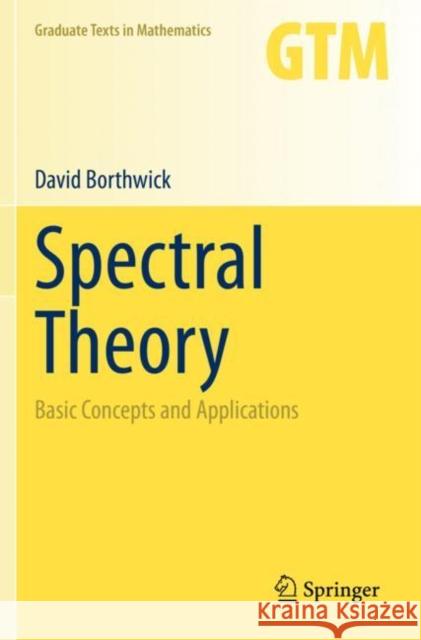Spectral Theory: Basic Concepts and Applications » książka
topmenu
Spectral Theory: Basic Concepts and Applications
ISBN-13: 9783030380045 / Angielski / Miękka / 2021 / 338 str.
Spectral Theory: Basic Concepts and Applications
ISBN-13: 9783030380045 / Angielski / Miękka / 2021 / 338 str.
cena 242,07
(netto: 230,54 VAT: 5%)
Najniższa cena z 30 dni: 231,29
(netto: 230,54 VAT: 5%)
Najniższa cena z 30 dni: 231,29
Termin realizacji zamówienia:
ok. 22 dni roboczych
Bez gwarancji dostawy przed świętami
ok. 22 dni roboczych
Bez gwarancji dostawy przed świętami
Darmowa dostawa!
Kategorie:
Kategorie BISAC:
Wydawca:
Springer
Seria wydawnicza:
Język:
Angielski
ISBN-13:
9783030380045
Rok wydania:
2021
Wydanie:
2020
Numer serii:
000009678
Ilość stron:
338
Waga:
0.54 kg
Wymiary:
23.11 x 19.56 x 1.52
Oprawa:
Miękka
Wolumenów:
01











